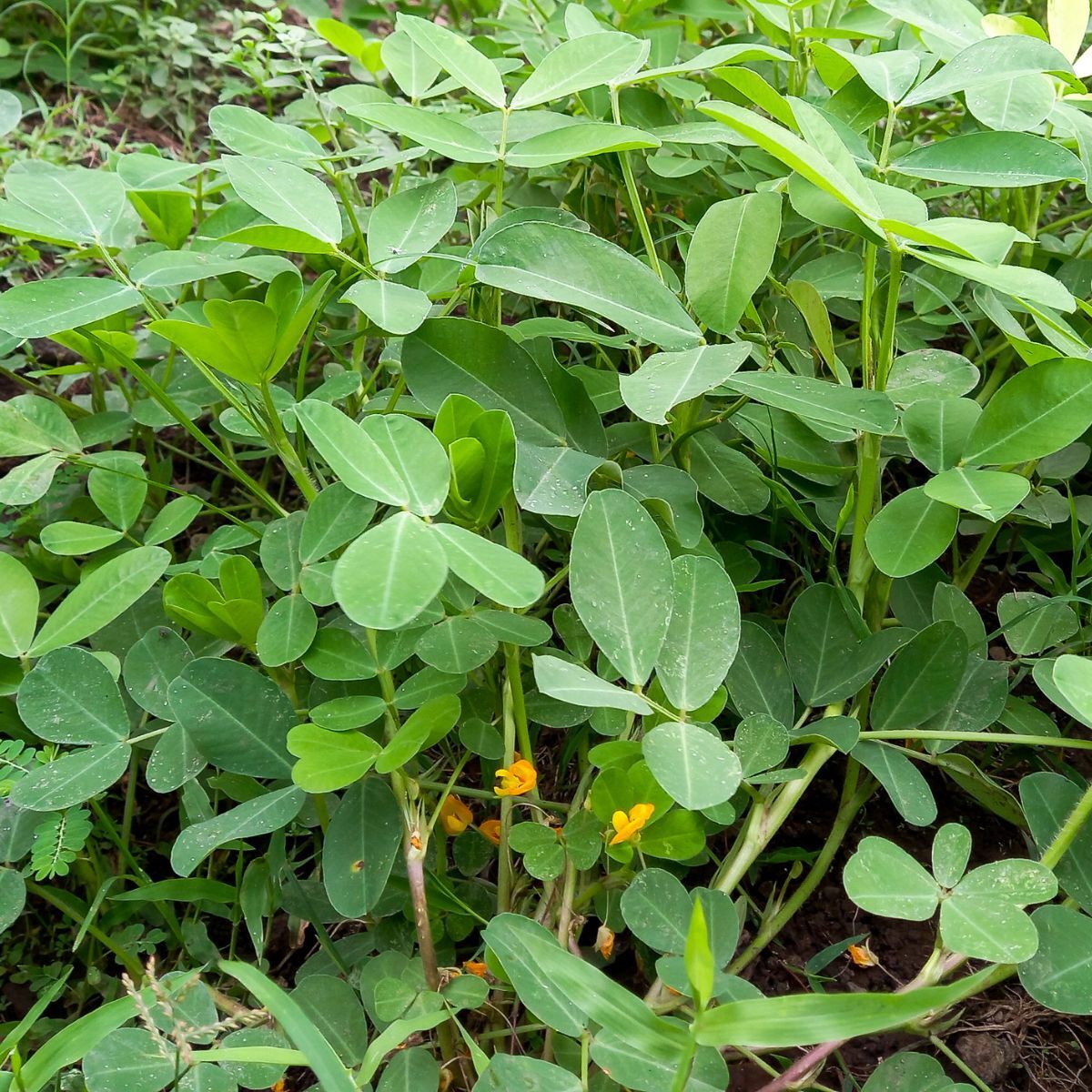Peanut- Big Pink
Couldn't load pickup availability
Description
Peanut, Big Pink (Arachis hypogaea) is a large, pink-skinned variety known for its excellent yield and smooth, creamy texture. The plant produces a nut with a hearty, nutty flavor, making it popular among gardeners who want to grow peanuts with higher resilience and easier shelling.
Features:
Appearance: Big Pink peanuts are distinct for their plump, round, pinkish skin that encases large, tender seeds. The shells are thin and easy to break open, revealing smooth, white peanuts.
Flavor: The peanuts have a mildly sweet, nutty flavor that becomes more pronounced when roasted. The large seeds make them especially ideal for roasting or for use in cooking.
Size: As the name suggests, Big Pink produces larger peanuts compared to most other varieties, making them a favorite for both culinary uses and snacking.
Uses:
Snacking: These peanuts are delicious when roasted as a snack, with a slightly sweet and salty taste.
Butters & Oils: Ideal for making peanut butter, as the large, soft kernels yield a smooth and creamy spread. They are also great for pressing to make peanut oil.
Baking: Big Pink peanuts can be ground into flour for use in gluten-free baking recipes. They add a lovely nutty flavor to cakes, cookies, and muffins.
Planting Instructions:
Planting Depth: Sow seeds 2-3 inches deep, ensuring that they are well-buried to encourage root growth. Peanuts grow underground and require proper depth for optimal development.
Spacing: Plant peanuts around 8-10 inches apart to give each plant plenty of room for root expansion. Allow 24-36 inches between rows to accommodate growth.
Planting Time: Plant after the danger of frost has passed when the soil is consistently warm (around 65°F or 18°C). Ideally, sow in late spring for a summer-to-fall harvest.
Sun & Watering: Peanuts thrive in full sun and prefer well-drained soil with consistent moisture. However, avoid waterlogged conditions that can lead to root rot. Regular watering will encourage healthy growth.









